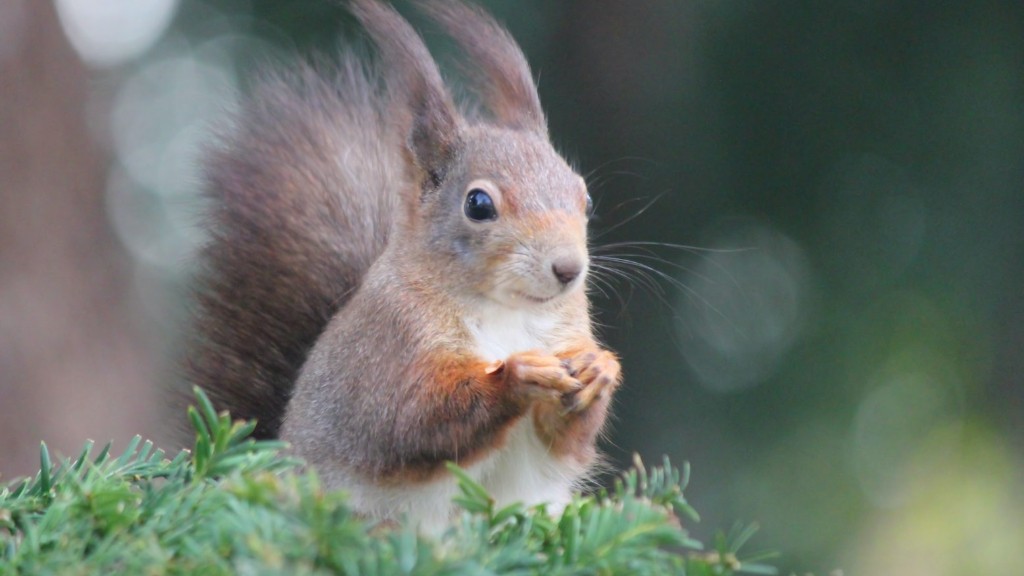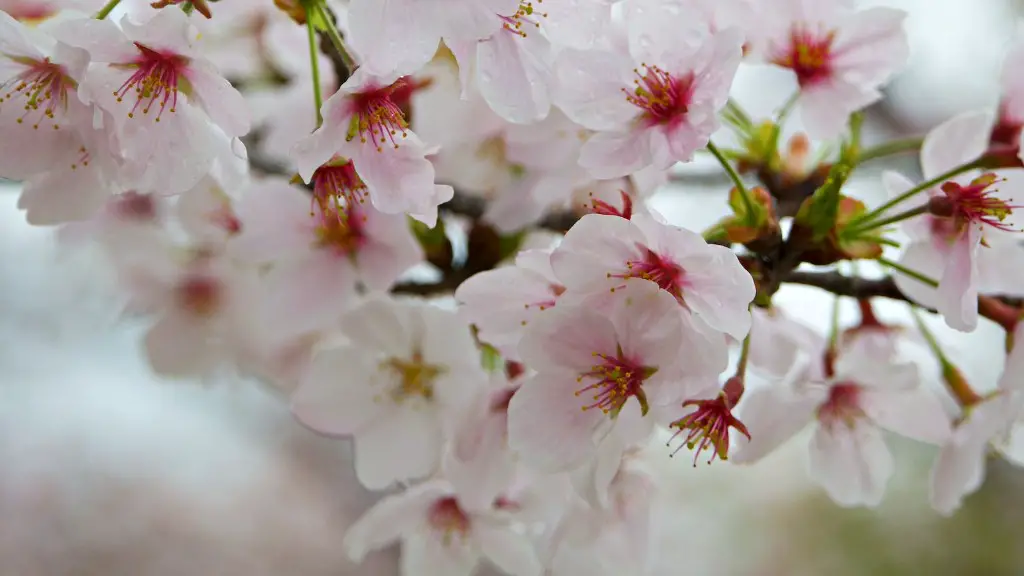Growing an Avocado Tree in a Container
Growing an avocado tree in a container is a great way of enjoying the fruit without the need for a garden. The Hass variety is the most common, and will do well in a large pot on the patio or balcony. If you’ve got a sunny spot, with temperatures that don’t dip below 10° Celsius, you’re in business.
In the spring, buy an avocado seedling if you can’t source a pit from the fruit itself. Replant it in a large pot which is 5-10 times the volume of the original pot. It should have plenty of drainage holes and a good quality growing medium such as potting soil with some added compost.
Once your tree is settled in, water it regularly. Around 1-2 times a week to a depth of 5-10 cm should suffice. During the summer months, avocado trees need even more water due to the intense heat and sun. It’s also advisable to give it a feed of liquid fertilizer or mulch the soil around the tree once a month.
Pruning is likely to be necessary in order to improve the shape of the tree, encourage branching and to protect the root system. The proper time to prune is during late-winter; the tree should not be pruned more than once per year. It’s important to use pruning shears and make sure not to prune more than one third of the tree’s canopy.
About 6-9 months after planting, the leaves will start to change color and small green fruits will appear. Towards the end of summer, the avocados will be ready to harvest. However, if the weather remains cold, it’s possible the avocado will not ripen.
The most important thing to keep in mind while growing the avocado tree is that the soil needs to be moist but not wet. Check the soil often with your finger and adjust your watering schedule accordingly. If your tree is wilting and the leaves are browning, reduce the amount of water and make sure your drainage is good. If the problem persists, consider repotting the tree.
Protecting the Tree in Winter
Avocado trees are very hardy and can withstand cold temperatures. But during the winter months, when temperatures drop below -2° Celsius, the tree may suffer damage. It’s important to keep the tree warm, moist, and sheltered from strong winds. If the temperature does drop below this level, wrap the container in several layers of burlap and use additional light-weight materials like straw to insulate the outside tree.
Repotting and Pruning
Repotting is essential to the long-term health and growth of the tree. It should be done every 1-3 years, depending on the growth rate of the tree. This can also be a great time to prune the tree, as mentioned before. However, be aware that too much pruning can kill the tree, so it’s important to be judicious.
Fertilizing the Tree
It’s a good idea to use a slow release fertilizer when planting the tree, as well as adding additional organic materials that will help retain moisture in the soil. Use a water-soluble fertilizer every 3-4 weeks to provide additional nutrition. The trick is to not over-fertilize and to not fertilize when the soil is dry.
Disease and Pest Prevention
Avocado trees are susceptible to a few diseases and pests, but these can be prevented. Check the leaves and the bark of the tree periodically for signs of disease or pests. If you discover any, treat with the appropriate fungicides or insecticides and dispose of the infected parts of the tree.
Propagating the Tree
If you’re growing a second avocado tree, you can save yourself a lot of money and get fruit faster by propagating the existing one. You can take a branch or even a root cutting, dip it in rooting hormone, and place it in a new container of potting soil. Like any other plant, the avocado will grow best if it gets a lot of sunlight and water.
Harvesting and Eating the Fruit
When it comes time to harvest the fruit, you may find it difficult to know when it’s ripe. Generally, the skin should be a dark green color when it’s ready to be removed from the tree. Gently twist the fruit off the stem and enjoy! The flesh itself can be eaten on its own or added to salads and other dishes.


